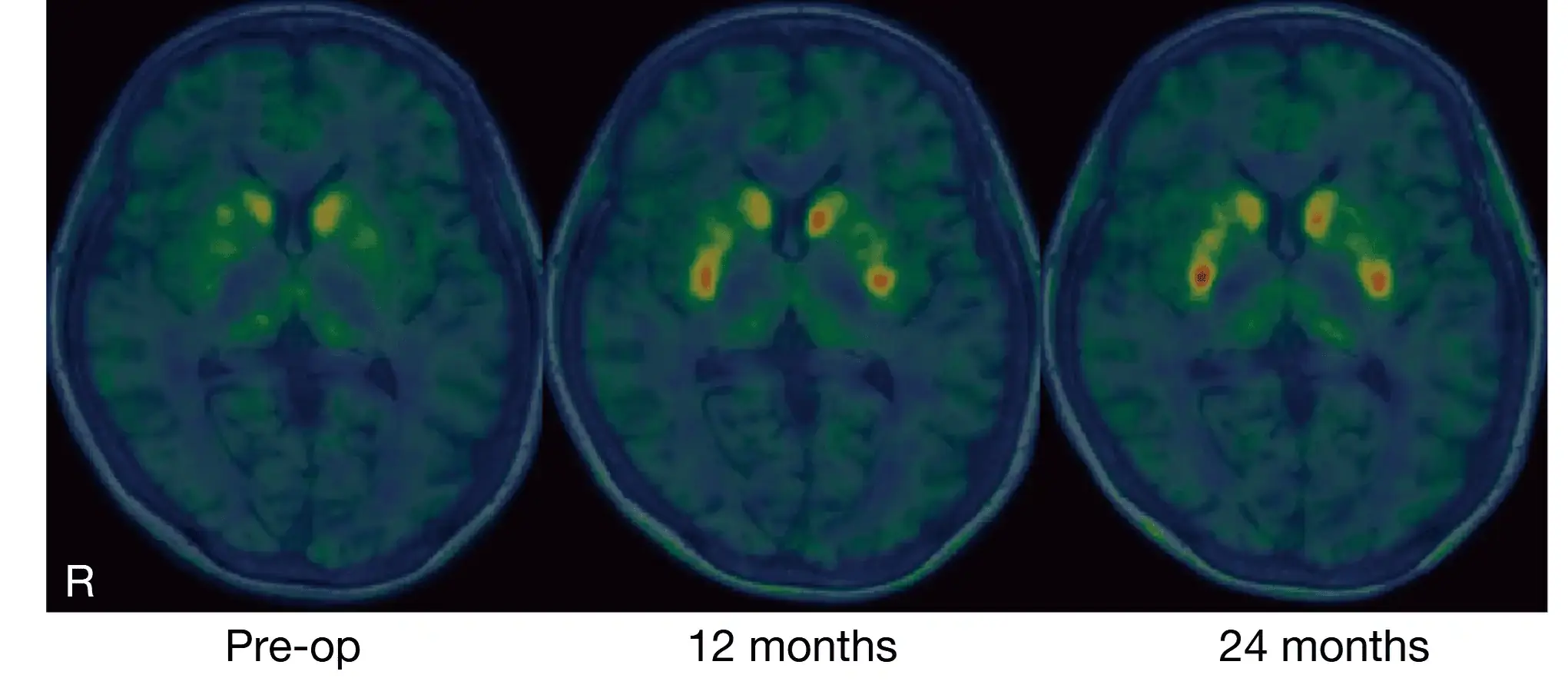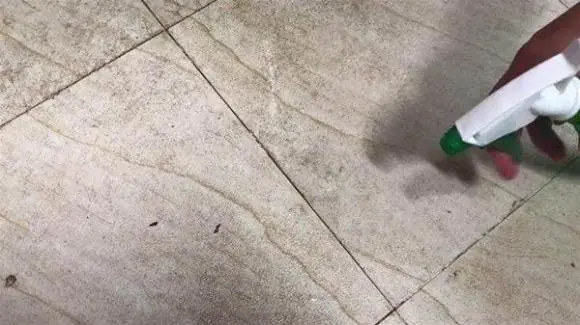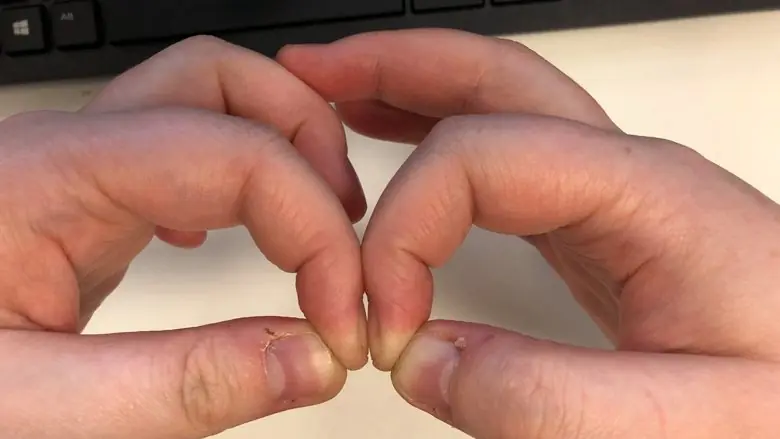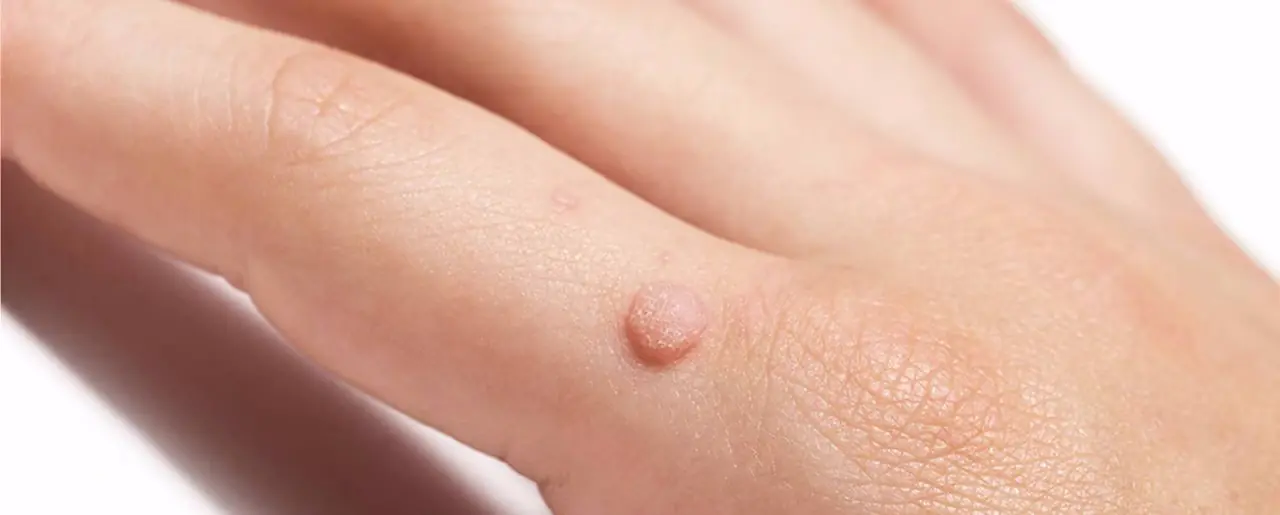
Breakthrough in Parkinson’s Treatment: Japanese Scientists Successfully Implant Lab-Grown Brain Cells
Parkinson’s disease is a progressive neurodegenerative disorder that affects millions worldwide, leading to loss of movement, balance, and coordination. While current treatments focus on slowing disease progression, there is no cure. However, Japanese scientists have recently achieved a major breakthrough by successfully transplanting lab-grown brain cells into patients with Parkinson's disease. This pioneering research could potentially lead to new treatments for Parkinson's, and other neurodegenerative diseases, offering hope for patients who previously had no effective options.
The study, published in Nature, focuses on the use of induced pluripotent stem cells (iPS cells) to regenerate dopamine-producing neurons in the brain, which are damaged in Parkinson’s disease. If successful, this approach could revolutionize the treatment of Parkinson’s and similar diseases like Huntington’s, ALS, and even Alzheimer's.
Understanding Parkinson’s Disease and the Need for Innovation
Parkinson's disease primarily affects the substantia nigra, a part of the brain that produces dopamine, a neurotransmitter crucial for controlling movement. As dopamine-producing neurons die off, it leads to symptoms like tremors, stiffness, and difficulty with coordination. While current treatments, such as dopamine replacement therapy, help manage symptoms, they do not address the root cause of the disease—the loss of dopamine-producing neurons.
With over 10 million people living with Parkinson’s globally, and the incidence rate rising as populations age, there is an urgent need for treatments that go beyond symptom management. Stem cell-based therapies have long been proposed as a potential solution, but previous attempts, such as using fetal tissue, faced challenges related to safety, ethics, and inconsistent results. Changes before and after the procedure. Image from the study.
Changes before and after the procedure. Image from the study.
The Groundbreaking Study: iPS Cells for Parkinson’s Treatment
In a world-first clinical trial, researchers at Kyoto University have successfully used iPS cells to regenerate damaged neurons in Parkinson’s patients. The clinical trial involved transplanting lab-grown dopamine-producing neurons derived from iPS cells into the brains of Parkinson’s patients. This method eliminates the need for fetal tissue, making it a safer and more ethical alternative.
The results from this trial are highly promising. In the trial, seven patients received the transplant, and the initial findings show significant improvements in movement, with patients reporting a 20% improvement in motor function. Brain scans confirmed that the implanted cells were actively producing dopamine, further proving the success of the procedure.
How the Procedure Works: iPS Cells and Dopamine Production
The study utilized induced pluripotent stem cells (iPS)—adult cells that have been reprogrammed to act like embryonic stem cells. iPS cells can be directed to become almost any type of cell, including dopamine-producing neurons. Researchers injected these neurons into the brain regions where dopamine production was impaired.
The most remarkable finding was that dopamine production increased by 63.5% in patients who received the highest dose of the transplanted cells. This local boost in dopamine helped improve motor function, particularly in patients who showed a 50% improvement during off-medication testing.
However, not all patients experienced the same level of improvement, as dopamine production was localized in specific areas of the brain. The researchers aim to enhance the spread of dopamine production across the brain for more widespread benefits.
Potential Applications Beyond Parkinson’s Disease
The success of this study extends beyond Parkinson’s disease. The use of iPS cells in treating neurodegenerative diseases opens the door to future therapies for conditions such as Huntington’s disease, ALS, and Alzheimer’s disease. The ability to replace or regenerate damaged neurons could significantly improve the quality of life for millions of patients with these conditions.
The study also represents a major step forward in regenerative medicine, an area where Japan has been a leader in stem cell research. With the first approval of iPS cell-based treatments for heart disease already in Japan, the country is poised to lead the world in the use of iPS cells for various medical conditions.
Future Steps and Clinical Applications
The research team is currently working on optimizing the procedure, with plans to conduct preclinical studies to improve the effectiveness and accessibility of the therapy. Sumitomo Pharma, which helped manufacture the iPS cells, plans to seek regulatory approval for the treatment in Japan by 2025.
In the future, the goal is to create an off-the-shelf cell therapy that can be used for a broad range of degenerative diseases. By using iPS cells derived from donors with matching genetic immune profiles, the risk of immune rejection is minimized, making the treatment more viable for large-scale use.
Conclusion: A New Hope for Parkinson’s Treatment
This groundbreaking development in Parkinson’s treatment has the potential to significantly improve the lives of patients suffering from this debilitating condition. By using iPS cells to regenerate damaged dopamine-producing neurons, Japanese scientists have opened the door to innovative treatments for neurodegenerative diseases.
If successful, this therapy could not only improve the lives of Parkinson's patients but also revolutionize the treatment of other neurodegenerative diseases. The future of stem cell-based therapies looks promising, and Japan continues to lead the way in regenerative medicine.
Credit
This article is based on research conducted by Kyoto University and published in Nature Communications. Special thanks to the research team, including Professor Jin Woo Kim and Dr. Eun Jung Lee, for their groundbreaking work in Parkinson’s treatment. For more information on stem cell research and Parkinson’s disease treatments, visit Kyoto University and trusted medical journals.
News in the same category


Restore Your Grout Lines with This Easy and Budget-Friendly DIY Cleaning Hack

12-Year-Old's Lifelong Dialysis: 5 Favorite Foods Secretly Damaging Your Kidneys

Eating While Screen-Obsessed? Here Are 4 Hidden Health Risks You’re Ignoring

How to Choose the Sweetest Pineapple: Long Leaves or Short?

8 Simple Yet Highly Effective Tips to Stop Snoring

Is It Necessary to Unplug Your Washing Machine After Use

The Hidden Costs of Frost Accumulation in Your Refrigerator: Understanding the Energy Drai

🍎 Why Do Imported Apples Stay Fresh for a Month Without Spoiling?

Top 3 Seat Positions with the Highest Survival Rates in Aviation Emergencie

Simple Finger Test Could Reveal Early Signs of Lung C@ncer and Other Health Issues
A simple finger test, known as the Schamroth window test, can help detect signs of lung c@ncer and other health conditions, including heart problems. Learn how to perform this easy test at home.

Start Your Day Right: 5 Foods That Safeguard Your Kidneys and Reduce Uric Acid

The Ultimate Health Blend: Honey, Cinnamon, Turmeric, Apple Cider Vinegar, and Chia Seeds for Better Health
Discover the powerful benefits of honey, cinnamon, turmeric, apple cider vinegar, and chia seeds. Learn how this natural blend can improve digestion, stabilize blood sugar, and enhance bone and heart health.

Revolutionary C@ncer Treatment: Doctors Target Tumors Without Chemotherapy

Why Your Underwear Gets Bleach-Like Stains: Gynecologist Explains the Causes and What It Means for Your Health
Discover why your underwear may have bleach-like stains and why it's completely normal. A gynecologist explains the role of vag!nal discharge and how it can affect your underwear fabric. Learn when to be concerned and how to maintain vag!nal health.

12 Effective Ways to Remove a Wart on Your Finger
Discover effective methods for removing warts on your fingers, from at-home remedies like salicylic acid and duct tape to professional treatments. Learn how to identify, treat, and prevent warts with expert advice.

5 Household Items That Harbor Formaldehyde: Hidden Cancer Risks Lurking in Your Home

Air Conditioner Efficiency: Continuous Use vs. Frequent Switching

What Homebuyers Need to Know: 5 Locations to Avoid When Buying Property

Don't plant these 5 trees indoors: The more they thrive the more they're believe to drain human energy, attracting constant bad luck
News Post

Beyond the BuII!e$: How One Girl Stitched Her Way Back to Confidence with Crochet
After facing buIIy!ng for her unique style, a 6th-grade girl found her voice and confidence again through crochet. Discover this inspiring story of artistic triumph, self-expression, and how handmade passion can build an empire, one stitch at a time.

Long vs. Round Eggplants: Which One Should You Choose?

The Heartbre@king Selfie: A Dream Shattered in the Blink of an Eye
On June 12, a family’s dream of a new life in London ended tragically in a plane crash. Discover the emotional story of Pratik Joshi’s family, their dreams, and the reminder that life is fragile.

Restore Your Grout Lines with This Easy and Budget-Friendly DIY Cleaning Hack

12-Year-Old's Lifelong Dialysis: 5 Favorite Foods Secretly Damaging Your Kidneys

5 DIY Skin Toners for Radiant, Smooth Skin: Natural Remedies for Every Skin Type
By incorporating these simple DIY toners into your daily skincare regimen, you can achieve smoother, clearer, and more radiant skin without the need for expensive products.

Eating While Screen-Obsessed? Here Are 4 Hidden Health Risks You’re Ignoring

Should You Stay or Let Go? How I Realized I Wasn't His First Choice
A heartfelt and emotional journey of love, heartbreak, and self-discovery. When your partner is still hung up on their ex, is it worth fighting for the relationship? Discover the painful truth behind choosing yourself over unrequited love.

Vaseline and Coffee: The Ultimate DIY Skincare Duo to Achieve Wrinkle-Free Skin Naturally
By incorporating these ingredients into your skincare routine through DIY masks and scrubs, you can rejuvenate your skin, reduce the appearance of wrinkles, and achieve a youthful, radiant complexion.

The Flowers that Kept Us Apart: A Love Story Decades in the Making
A woman embarks on a journey to find out the truth behind mysterious flowers sent to her every year, only to uncover a love story that had been hidden for 20 years.

I Found My Husband's Secret Conversations With Another Woman – And What He Told Me Br0ke My Heart
A wife discovers her husband's secret texts with a woman he met at a strip club. What seemed like innocent conversations quickly turns into an affair, and now she has to decide if she can ever trust him again.

Weight Loss Drink: Consume These 2 Herbal Drinks To Detox and Lose Weight Naturally
These two natural detox drinks-Spiced Lemon-Honey Drink and Cumin Water-are simple yet powerful remedies for boosting metabolism, improving digestion, and reducing belly fat.

How to Choose the Sweetest Pineapple: Long Leaves or Short?

Abandoned Child, Heartbre@king Note, and the Sh0cking Truth Behind a Family's Dark Secret
When a woman discovers an abandoned child with a mysterious note, she’s thrust into a tangled web of secrets, betrayal, and an inheritance that changes everything. Dive into this captivating story of hidden truths and the love that saves a life.

8 Simple Yet Highly Effective Tips to Stop Snoring

Is It Necessary to Unplug Your Washing Machine After Use

4 Natural Potato Remedies to Fade Dark Spots and Achieve Even Skin Tone
Potatoes are a natural and effective solution for treating dark spots, pigmentation, and uneven skin tone.

The Hidden Costs of Frost Accumulation in Your Refrigerator: Understanding the Energy Drai

Homemade Vitamin C Serum: DIY Recipe for Clear, Glowing, and Ageless Skin
A homemade Vitamin C serum is a natural, affordable, and effective way to achieve radiant, youthful skin.
